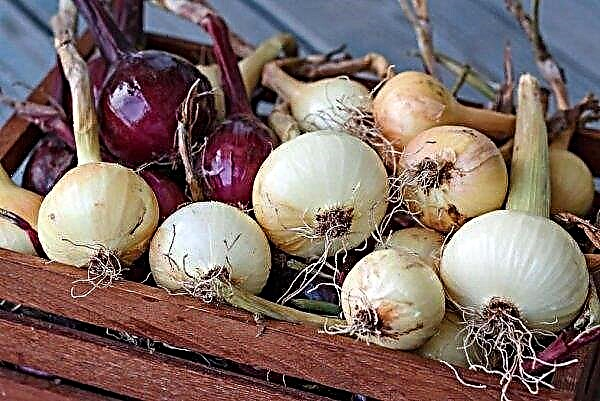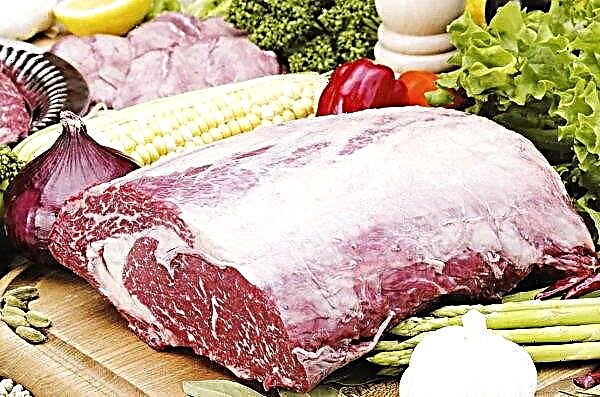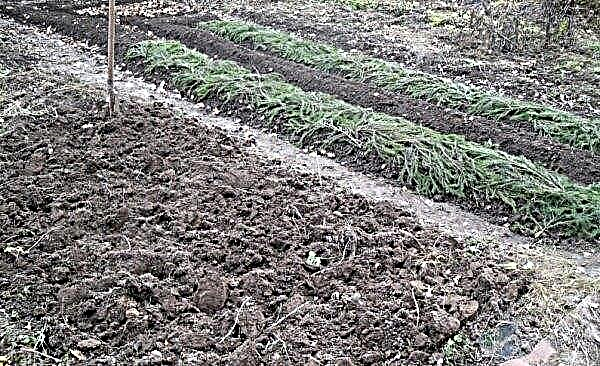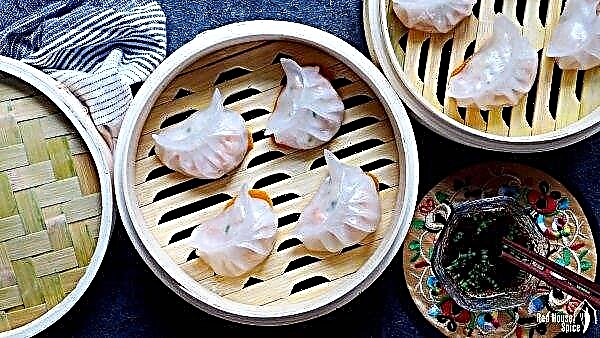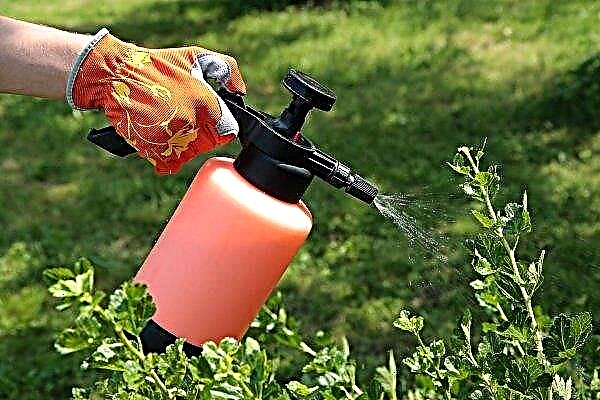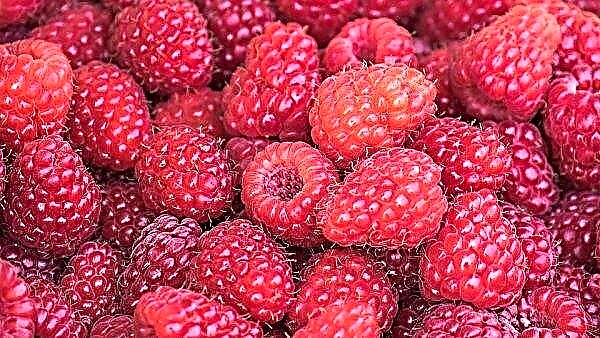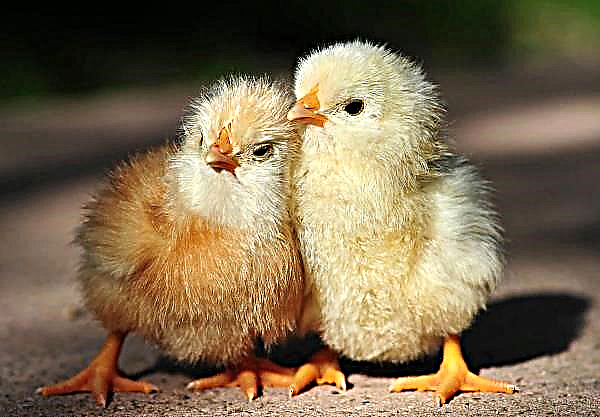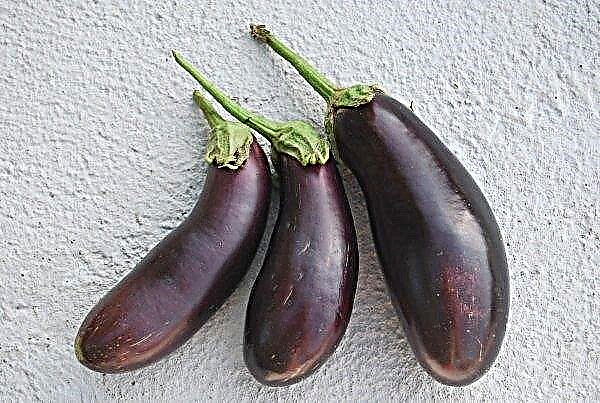Wasps live next to a person: sometimes such a neighborhood can pass unnoticed, and sometimes it can be a threat and cause trouble. It should be remembered that insects attack and use the sting only as a means of protection. Our material considers the causes of the attack of these stinging insects, as well as the structure of their sting and the characteristics of the bite of various representatives of the species.
Why do wasps bite?
It should be remembered that the wasp is an aggressive insect, and often it seems to us that the attack occurs for no apparent reason.
But this is not so - a person is not interested in a wasp until it takes the following actions:
- it is too close to the aspen nest - insects carefully protect their home and are ready to attack in case of threat;
- makes sharp movements when scared away - can be perceived as a threat;
- spreads heavy floral perfume smells or puts on brightly colored clothes - this can cause insect irritation;
- tries to slam the insect - in this case, it will immediately try to bite;
- gives in to panic - keeping calm and not making sudden movements, one should move away from the danger zone.
If you do not act in the above ways, then you can safely and without troubles exist in the vicinity of insects.
Did you know? Wasp venom is able to destroy cancer cells without affecting healthy ones.
How does a wasp sting work?
A sting is a pointed organ at the end of the abdomen, with the help of which a nerve agent is injected into the victim’s body (paralyzing it, not killing it).
The answer to the question of whether there is a sting in all the described individuals will be helped by a consideration of the anatomical structure of the organ. In the process of natural development, the wasp ovipositor became hard enough to apply punctures and combined with the gland that produces the poison. From this it follows that such an organ is absent in males, that is, only females have a sting.
Males appear only at the end of summer during mating, and their life expectancy is only 2-3 weeks. So most wasps encountered by humans are females, and everyone has a sting that is designed to protect and procure food.

In the anatomical structure, the stinging organ is a pair of pointed needles, which, if necessary, are pulled out of the abdomen by rapid muscle contraction. A poisonous substance comes from a gland near a needle through a narrow channel. The poison is injected into the victim’s tissue only in the case of a deep puncture.
A number of muscles are responsible for extending the needles from the abdomen. The needles look dark in appearance, but in fact they are translucent. Flexible in the middle part of the body of the insect allows you to apply injections at an angle to the sting.
Let us further consider the issue - the insects in question sting or bite. The fact is that, in addition to a stinging organ, the wasp has sufficiently strong jaws, which it often floats, saving poison. The jaws are so powerful that they allow you to bite the durable chitinous shells of some insects that are used for food.If we compare with the sting of other insects, we can determine how the sting of a wasp differs anatomically, for example, from a sting of a mosquito: sharp mosquito needles, hollow inside, are located in the proboscis on the head, and when the skin is punctured, a substance is introduced that prevents blood coagulation, which allows the mosquito to eat.
Differences from a bee sting
When comparing the stinging organ of a bee and a wasp under the microscope, the differences are visible: the wasp sting is absolutely smooth, and the bee sting has notches. This explains why the bee cannot pull the sting out of the victim’s body, which remains at the sting site along with fragments of the abdomen. In this case, the bee dies after some time.
The wasp is able to pull the sting out of the body after stinging and start the attack again. However, she is able to sting five times in a row.
The composition of the poison in different species of wasps is different, but the structure of the sting is unchanged. Only in some cases the wasp sting can remain in the body of the victim - if the wasp was killed during the injection.Important! It should be noted that bee venom is more dangerous, but the pain from a wasp sting is stronger due to the constituent substances of the poison, which, interacting with each other, enhance the overall effect.
How to remove the sting?
Removal of a sting of a wasp, if for some reason it remains in the body of the victim, occurs in the same way as the removal of a sting of a bee.
The mechanism of the introduction of the poison allows to continue this process even after the stinging organ has been torn off, therefore it must be removed as soon as possible:
- For this purpose, you can use a sharp needle, disinfecting it over a fire or using alcohol. The actions are the same as when removing the splinter.
- You can use tweezers if there are fragments that you can grab onto the left stinging organ. The direction of impact during puncture is usually straightforward, so there is no resistance to removal. But with this method of extraction, there is a chance to squeeze an additional portion of the poison into the wound.
- You can cut the sting, but this method is better to use when visiting a medical institution.
Important! You can not squeeze out poison from the wound - this can lead to infection and the spread of poison through the bloodstream to nearby tissues.
Characteristics of the bite of different types of wasps
Despite the external similarity of the anatomical structure of the stinging organ in different species of wasps, the bites differ significantly in the strength of the effect of the poison on the body and the painful sensations.
There is a special scale for the strength of Schmidt's painful sensations with insect bites. On this scale, wasps and bees are in the middle, causing moderate pain.
Giant asian hornet
The largest member of the family is the giant Asian hornet. The body length is 5–6 cm, and the wingspan is 7 cm, which makes it easy to distinguish the hornet from other representatives. Corresponds to the size of the insect and the amount of poison introduced, which makes these giants more dangerous. However, hornets are not aggressive and do not attack first. For food, they prefer to use powerful jaws rather than poison.
According to the Schmidt scale, the strength of a hornet bite is moderately strong (2 points) and is comparable to a bee sting.
Skoly
Because of the small portions of the poison, the bite of the scoliosis is moderately painful for people - there is only a slight numbness of tissue at the site of the bite. Skolii use nerve poison in order to paralyze and immobilize other insects, which will serve as food for the larvae.
Unlike insects with social organization of the family, single chickens use poison exclusively for food.
Road
Road wasps (pompilides) belong to the species with the most excruciating bite. On a Schmidt scale, this is 4 points, which is comparable to the bites of a bullet ant. The food of these insects is tarantulas, poisonous insects and spiders, and this further enhances the dangerous effect of the poison and causes acute pain.
Filantov, or bee wolves
The bee wolf (philanthropist) belongs to the family of burrowing single wasps that use honey bees for food, for which they got their name. Only larvae feed on bees.
Having a rather weak and narrow stinging organ, bee wolves are not able to pierce rough skin (for example, palms) on the human body and cause more harm to apiaries than to people.Did you know? Wasp families live in nests, the size of which can be from 10 cm to 1 m in diameter. In large nests, several thousand individuals can live.

When going out for a picnic or doing household chores, you should remember the reasons for the wasp attack and be careful and cautious, because seeing the danger in time will reduce the risk of negative and painful consequences, and the proximity to insects will not cause harm.

